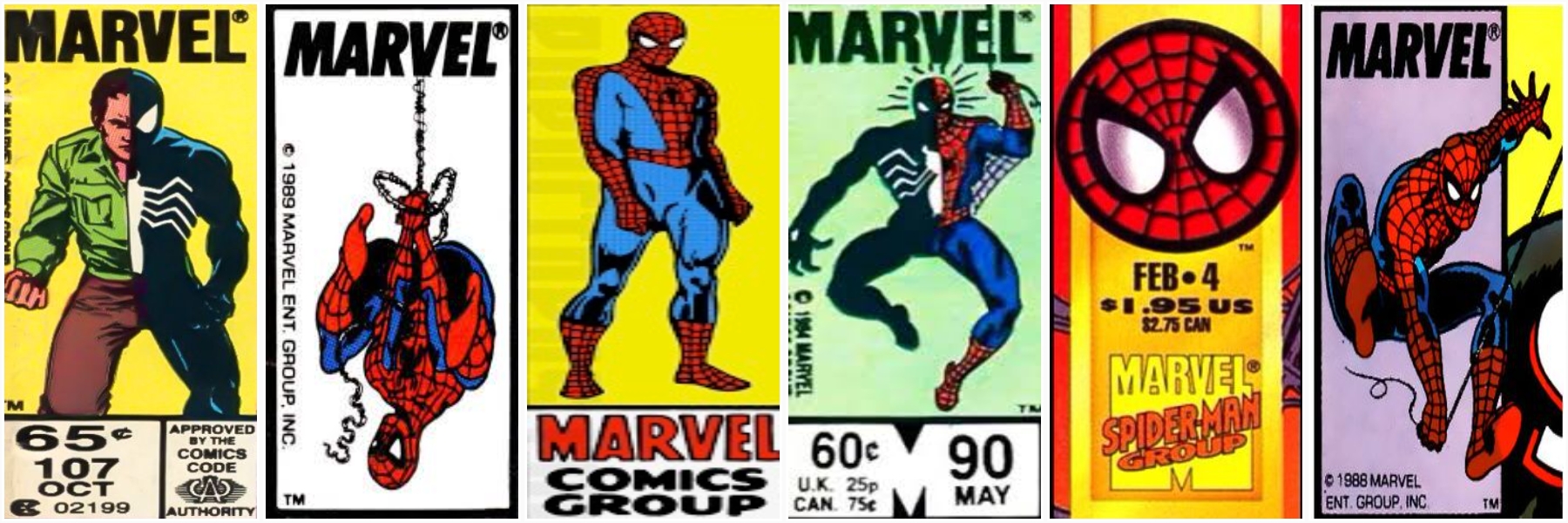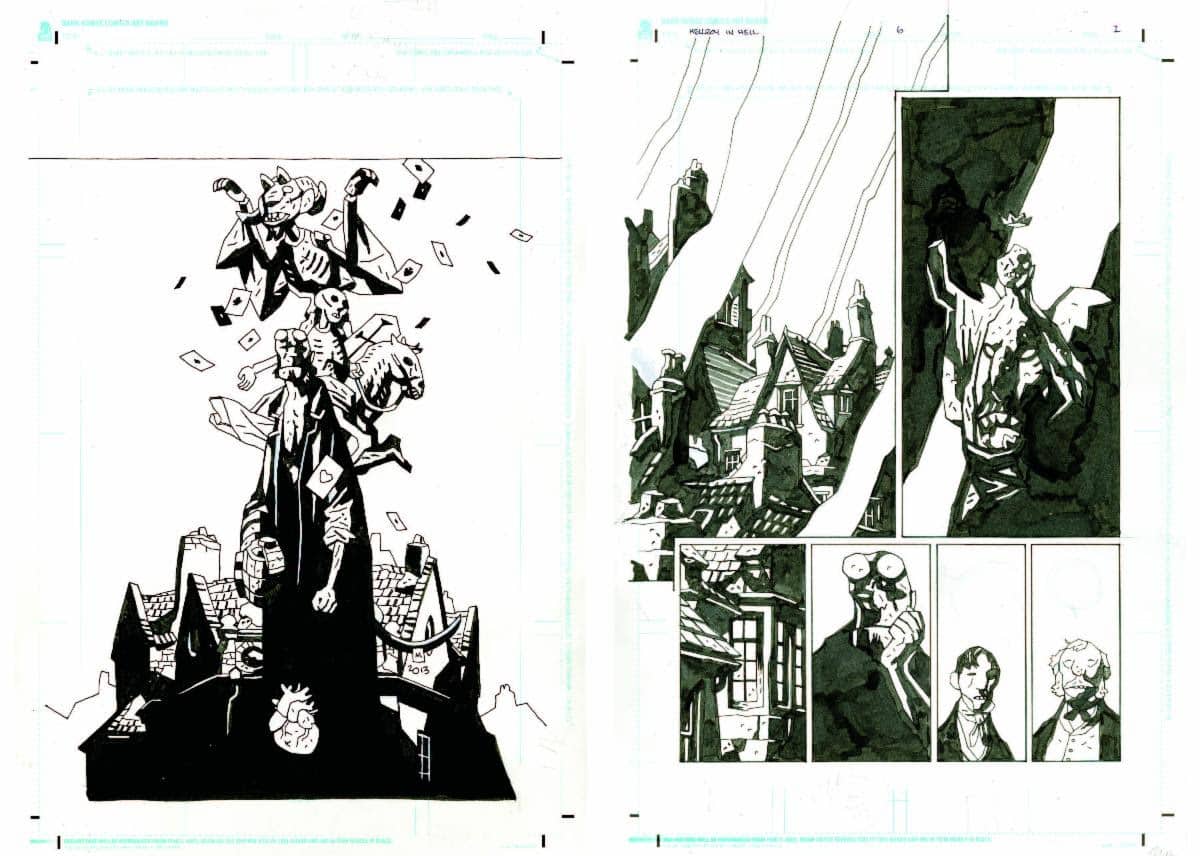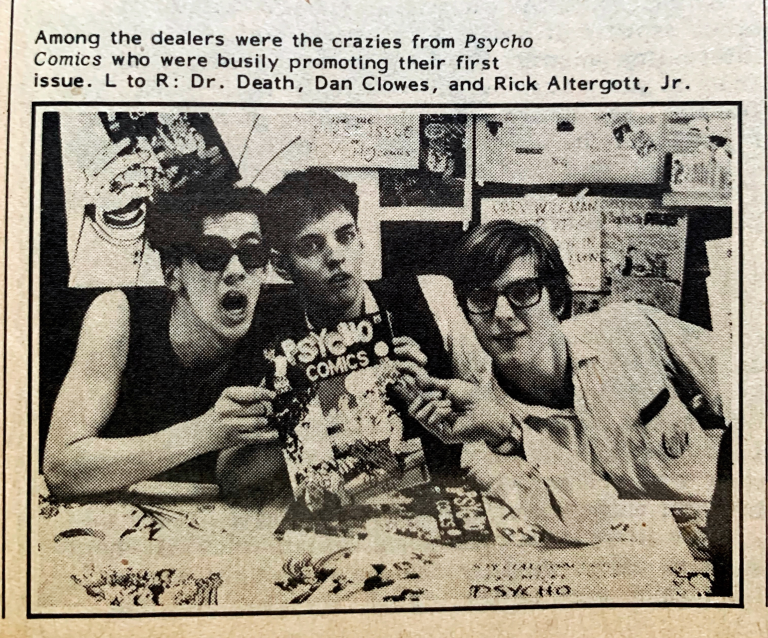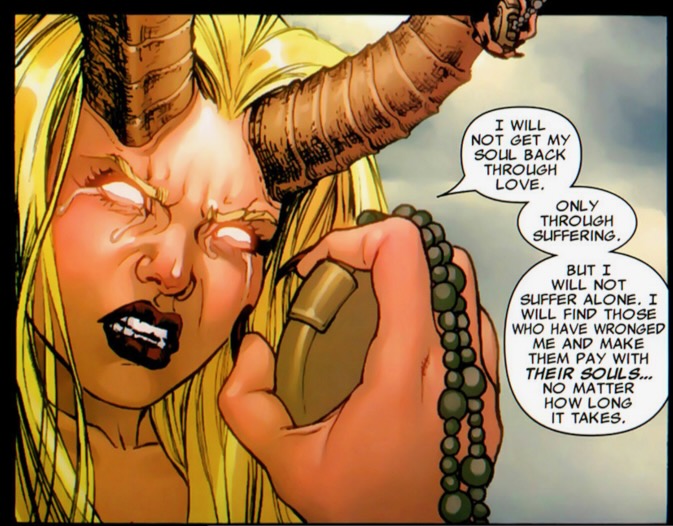 The Hero Trade
The Hero Trade
Writer: Matt Kindt
Artist: David Lapham
Letterer: Dave Sharpe
Publisher: Bad Idea
Publication Date: July 2025
Maybe you’ve seen The Hero Trade on the shelf at your local comic shop. It’s got a striking cover by Joe Quesada and Richard Isanove, wherein a bloody superhero partially hangs out of the trunk of a car, while a grim man sitting on the bumper talks on his phone. Street lights blare down on them, giving the whole affair a rather shadowy vibe.
It’s an intriguing cover. But that’s not the only thing likely to grab your attention here. As far as I know, The Hero Trade is the first widely available book-length comic from oddball publisher Bad Idea, and it also offers about 180 pages of story, along with all kinds of cool process material, for a super friendly price tag of $12.99. It’s not in color, but that doesn’t really matter when the cartoonist is the great David Lapham, whose black-and-white comic Stray Bullets is one of the greatest comics of our time.
Anyway, this is all to establish that pretty much everything about The Hero Trade stands out from the pack of current comics releases, and that doesn’t stop with its cover, trade dress, and price tag. The book is a collection of single issues and short comics that Bad Idea has made available through a series of gimmicks over the years, all collected for the first time. And while the stories in the book aren’t all that unusual, there’s a feeling of meta commentary (or maybe you can just call it taking the piss) that runs throughout this entire production, separating it from the superhero deconstructions of the past.
What do I mean by that? Consider Hero Trade: Passive/Aggression, two comics that serve as interlocking companion pieces. When they were first released back in 2021, to my knowledge no one comic shop got each of the books. So to get the full story, readers had to find a store that was carrying each of the separate issues. There were even rumors at the time that entire states only got one of the books, making it so someone who wanted the whole thing had to cross state lines.
Some saw this sort of distribution as a high level trolling of comics industry bad habits by the publisher, a kind of meta commentary on incentive variants, false scarcity, limited release windows, and on and on. Things that exploit the reader rather than make reading actual comics easy and fun. Maybe it was. It doesn’t feel like a huge stretch to see it that way, especially if you know the history of the publisher. At the same time, however, each of the individual stories in The Hero Trade also function as commentary on the American comic book industry, specifically its over reliance on superhero comic books as top sellers.
I’m going to get into spoiler territory here for the first 8-page story in the book, so if that sounds disagreeable to you, now is your moment to turn back. But in that story, the main character is a criminal who has a dead superhero in his trunk and is selling parts of him to be snorted or repurposed or used however the buyer sees fit. He is an unsavory cynic who has turned this superhero into a cash cow, using every part for financial gain, as the once strong and shining being begs for him to stop.
If you don’t care about that or don’t want to engage with it, however, ignoring the layers of metaphors and off-page industry commentary is easy enough to do with The Hero Trade. On the surface, the short stories throughout the book are well-paced and fun (I know how that sounds but it’s true). Kindt and Lapham are two veteran creators who don’t have mediocrity in them even a little bit. And while the nature of a story collection is that some stories will be better than others, none of the pieces in this book are dull. It’s a good read for people who like odd, genre mash-up comics, and it’s loaded with good writing and interesting visual choices.
And, of course, these pieces do offer different comic industry commentary. The best way to understand the significance of that, as well as whether it’s something you might be interested in, is to go right to the writer. As Matt Kindt acknowledges in his afterward, superhero meta-commentary has been done to the point that it’s impossible to truly find something new. So, as the creators built on the original superhero in the trunk idea that he had, they started to make the stories a broader commentary on spending your life creating comics, and I think that’s what’s really for sale from The Hero Trade. And it’s maybe even enhanced by knowing how the pieces in this book were first published.
Still, the heart of this book is that we’ve got two of the generation’s best comics auteurs teaming up to show us (via comics) what a life in comics is really like, even (or maybe especially) when it’s not pretty. To directly quote Kindt’s afterward:
“Kirby said that comics will break your heart…but I’m here to tell ya — a broken heart makes for a great story.”
Finally, it should be noted that a long list of other creators also contributed to the comics here at various points, and that list is Robert Venditti, Rico Renzi, Bill Crabtree, Andrew Dalhouse, and Brett Breeding.
The Hero Trade is available in local comic book stores now from publisher Bad Idea






















 English (US) ·
English (US) ·